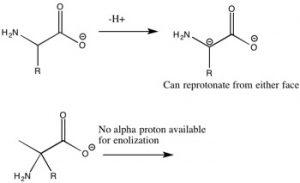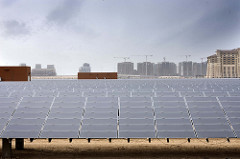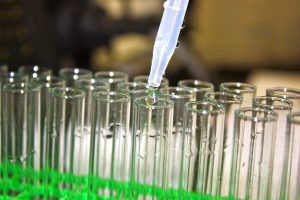Do you have traditional dress or clothing item handed down you from past generations? You may think that it is made of a special fabric or thread but imagine finding out, even though it has been kept safe for hundreds of years, it is actually made of a fake material.
That is what researchers at the University of Washington have recently discovered for “Buyid silks” thought to be from the Buyid period. They tested the many of the silks using various methods to determine the authenticity.

Buyid Silks. Source: Wikimedia Commons
By amino acid racemization (AAR), which is a recently discovered technique to date silks, that out of the 13 different specimens tested, only one was truly from the Buyid Dynasty. Other techniques that were used were iconography, weaving patterns and radio carbon dating. It was also found that the other 12 specimens showed high levels of AAC for other chemicals that are not consistent with the historical dating of the Buyid Dynasty. By using the other chemicals it was seen that “The result is a silk fabric that looks very similar to a historical silk…”. They concluded that AAC can be used as a biomarker to determine the authenticity of silks and if they date back to their historical time.

Amino Acid Racemization. Source: Wikimedia Commons
Keeping personal artifacts from your family is always an exciting thing however being able to test whether or not the piece is really from the said period can be beneficial for insurance or personal reasons. The next time you are handed a piece of ancient fabric, it is best to ask if it has been tested to determine its authenticity.
-Harjot Gill















